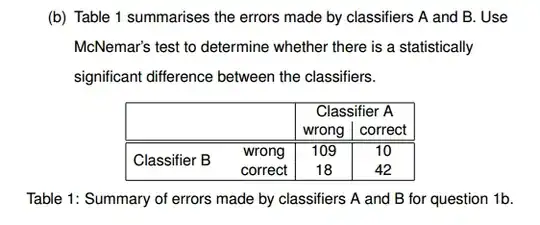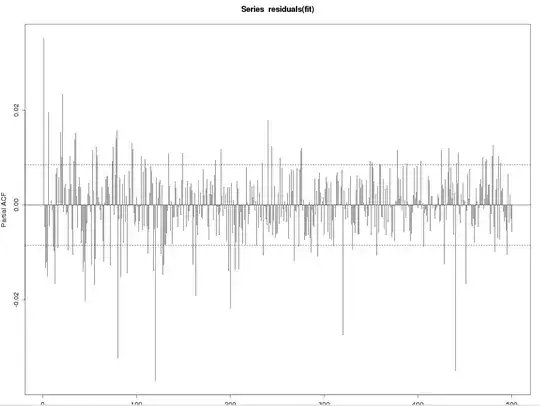I was using this online calculator to work out McNemar's Test on this data set:

I get the results:
The two-tailed P value equals 0.1859
Chi squared equals 1.750 with 1 degrees of freedom.
Now I understand how to calculate the Chi squared but I have no idea where this P value comes from.
Also how does the P value relate to whether there is a significant difference between classifiers?
If someone could explain this like a program in JavaScript or something it would be so much clearer. Every explanation I see throws jargon all over the place.
